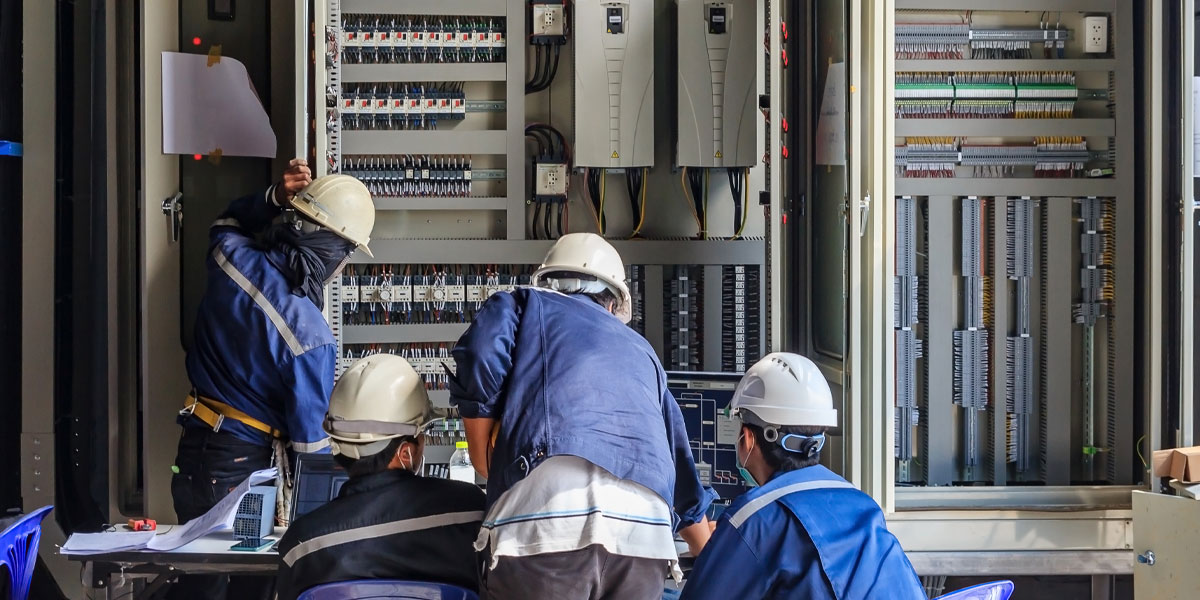DISTRIBUTION COMPANIES

Wireless communication systems are one of the critical technologies for electricity and gas distribution companies. These solutions increase efficiency at every stage of energy distribution, while enabling safe and uninterrupted operations. The advantages offered by wireless systems in electricity and gas distribution infrastructures enable companies to take important steps towards digitalization. Here are the main benefits of these technologies for electricity and gas distribution companies:
Real-Time Monitoring and Fault Response: Wireless sensors and IoT devices placed in electricity and gas distribution networks monitor each part of the infrastructure in real time, quickly detecting faults or gas leaks that may occur in the system. Thanks to these systems, companies can immediately intervene in potential outages, improving customer satisfaction.
Smart Meters and Remote Data Collection: Smart meters that monitor electricity and gas consumption transmit real-time data to central systems via wireless networks. This not only automates the billing process but also enables consumption analysis and improves energy efficiency. As a result, companies reduce operational costs and manage energy demand more effectively.
Efficiency and Energy Optimization: Wireless communication systems integrated with smart grids enable better management of energy demand. Critical processes like load balancing and loss reduction in electricity distribution are made more efficient through wireless sensors. In gas distribution, pressure and consumption levels are monitored and optimized in real time, allowing companies to use energy resources more efficiently.
Safety and Leak Detection: Security in electricity and gas distribution is enhanced with wireless communication technologies. Sensors placed in gas lines monitor pressure and temperature changes, detecting potential leaks early. In electrical lines, overloads or faulty equipment are instantly detected, preventing issues from escalating. This reduces environmental risks and avoids costly repairs and maintenance.
Remote Management and Autonomous Systems: Wireless communication systems allow for the remote control of equipment in electricity and gas distribution infrastructure. Critical points such as transformer stations, distribution lines, and gas valves can be monitored and remotely managed via wireless networks. Additionally, AI-powered autonomous systems can detect and resolve faults automatically, solving problems without the need for human intervention.
Professional Camera Systems: Infrastructure security is critical for electricity and gas distribution companies. Professional camera systems integrated with wireless connections monitor transformer stations, gas distribution facilities, and other critical areas 24/7, detecting unauthorized access, sabotage, and theft instantly. These systems enhance security while preventing operational interruptions.
Satellite Communication: Distribution lines in rural and remote areas can be monitored through satellite communication. Satellite connections provide uninterrupted communication even in challenging terrains, helping to ensure smooth energy and gas distribution operations in these regions.
Wireless communication systems improve the operational processes of electricity and gas distribution companies, enhance safety, and increase efficiency. Distribution companies equipped with these solutions make their energy and gas networks smarter, safer, and more sustainable, thereby boosting customer satisfaction and reducing costs.


Wireless communication systems improve the operational processes of electricity and gas distribution companies, enhance safety, and increase efficiency. Distribution companies equipped with these solutions make their energy and gas networks smarter, safer, and more sustainable, thereby boosting customer satisfaction and reducing costs.

